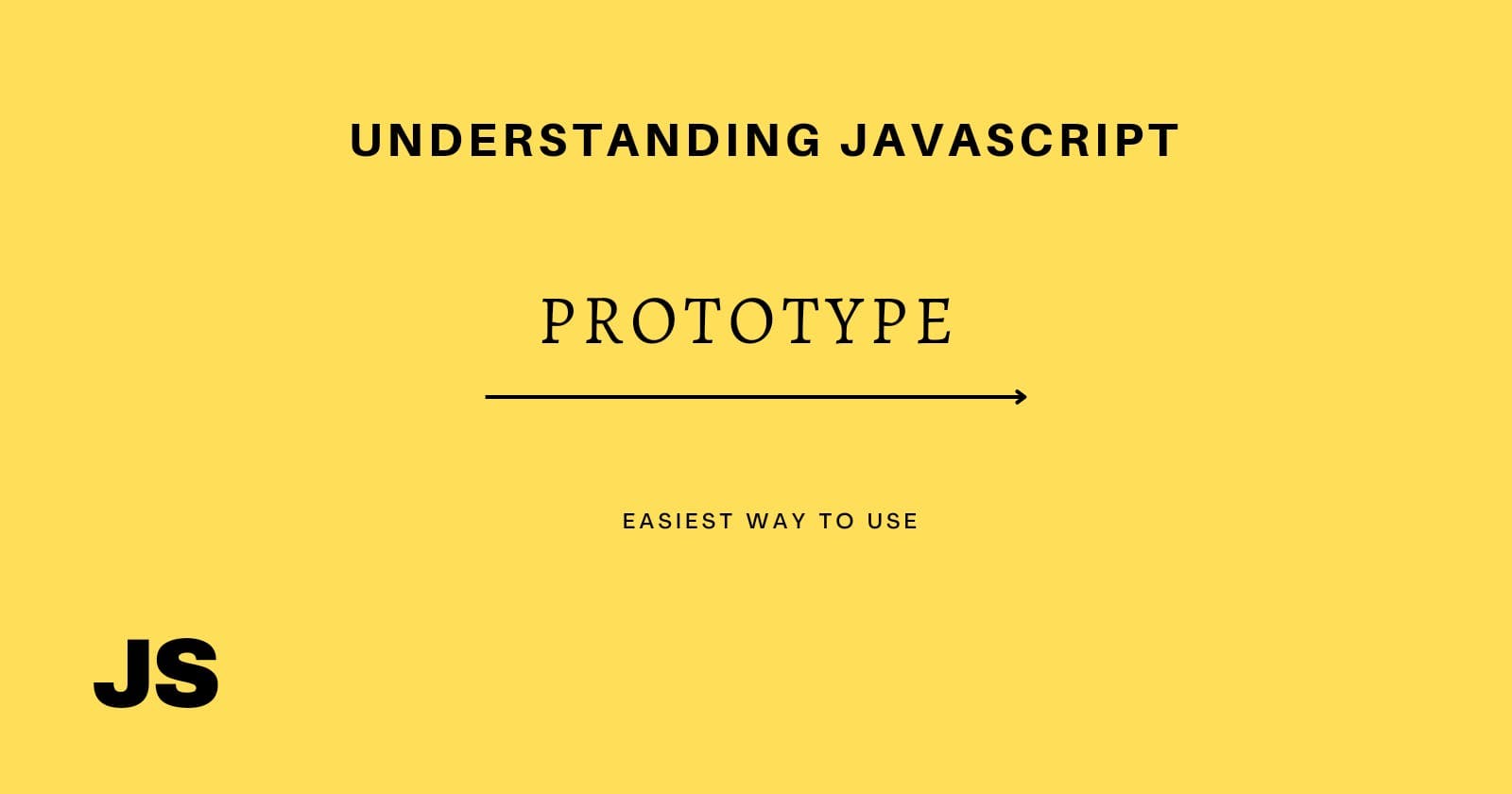As a versatile and powerful programming language, JavaScript utilizes prototypes as a fundamental concept for object-oriented programming. Prototypes allow developers to add properties and methods to objects, enabling code reusability and efficient memory usage. In this article, we will explore JavaScript prototypes in detail, covering their definition, and usage, and providing examples to solidify our understanding.
Table of Contents:
What is a Prototype in JavaScript?
Prototypal Inheritance
The Prototype Chain
Creating Prototypes in JavaScript
Adding Properties and Methods to Prototypes
Inheriting from Prototypes
Summary
What is a Prototype in JavaScript? A prototype is an internal, hidden property associated with every JavaScript object. It allows objects to inherit properties and methods from other objects, enabling code reuse and creating a hierarchical structure of objects. In JavaScript, almost everything is an object, and these objects inherit from a prototype.
Prototypal Inheritance: JavaScript uses prototypal inheritance, which means that objects inherit properties and methods directly from other objects, rather than using classes like in traditional class-based inheritance. This approach provides flexibility and dynamic object creation.
The Prototype Chain: The prototype chain is a mechanism that allows objects to inherit properties and methods from their prototypes. When an object is accessed for a property or method, JavaScript first looks for it in the object itself. If not found, it continues searching in the object's prototype. This process continues until the property or method is found or until the end of the prototype chain is reached.
Creating Prototypes in JavaScript: JavaScript provides several ways to create prototypes. The most common method is by using constructor functions or classes. When a constructor function is called with the 'new' keyword, it creates a new object and sets its prototype to the constructor's prototype property. For example:
function Person(name) {
this.name = name;
}
Person.prototype.sayHello = function() {
console.log('Hello, my name is ' + this.name);
};
var john = new Person('John');
john.sayHello(); // Output: Hello, my name is John
In this example, the Person function serves as a constructor and the sayHello method is added to the Person prototype. The john object, created with new Person('John'), inherits the sayHello method from the prototype.
- Adding Properties and Methods to Prototypes: Prototypes can be dynamically modified by adding properties and methods to them. Any changes made to the prototype are immediately reflected in all objects that inherit from it. For instance:
Person.prototype.age = 30;
john.age; // Output: 30
In this case, the age property is added to the Person prototype. As a result, the john object inherits the age property.
- Inheriting from Prototypes: JavaScript allows objects to inherit from other objects by manipulating their prototypes. This can be achieved using the
Object.create()method or by assigning one object's prototype to another. Here's an example:
var musician = {
playInstrument: function() {
console.log('Playing ' + this.instrument);
}
};
var guitarist = Object.create(musician);
guitarist.instrument = 'guitar';
guitarist.playInstrument(); // Output: Playing guitar
In this example, the guitarist object is created using, and its prototype is set to the musician object. The playInstrument method is inherited from the prototype, and the `guitarist
In conclusion, JavaScript Prototype allow developers to add properties and methods to objects, enabling code reusability and efficient memory usage & empower developers to write more expressive and efficient code. By understanding their purpose and utilizing them effectively, programmers can unlock the full potential of these functions, leading to more robust and elegant solutions to various programming problems.
Hence here conclude this article on Javascript Prototype in-depth. If you feel I have missed something feel free to comment on it.
If you took the time to read this article, I won't mind if you follow me. It only serves as inspiration for me to write another new article for you. Thank You!
